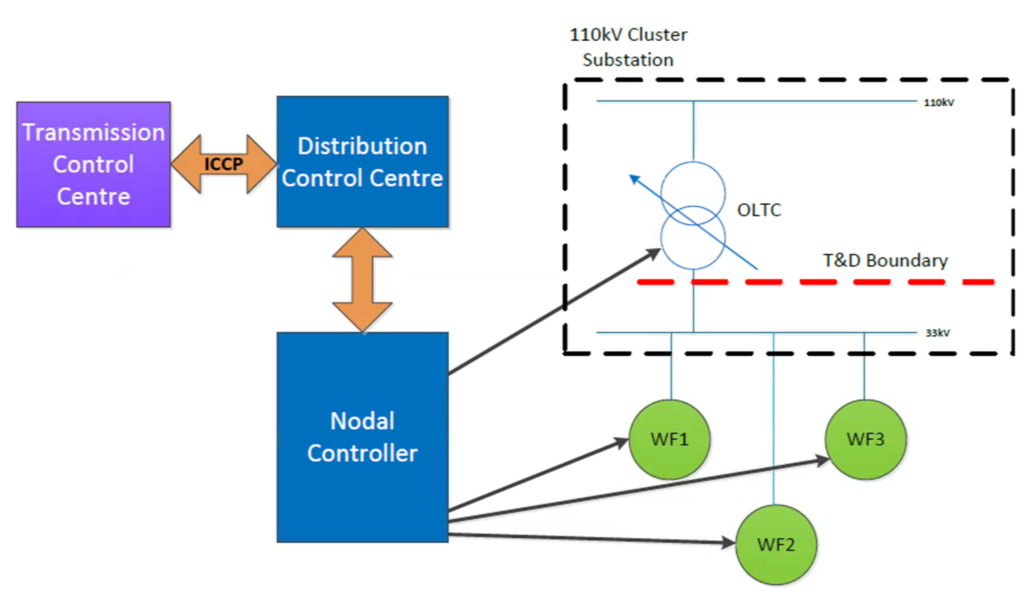Need For Steady State Reactive Power
Steady State Reactive Power (SSRP) is required to maintain acceptable voltages on the electricity network under normal conditions and following a disturbance. A power system becomes unstable when the voltage increases or decreases beyond a particular limit. How reactive power is managed has an impact on both transmission and distribution system management in both planning and operational domains. Reactive power is a particularly localised resource, and its value in power system operation will vary depending on the network and resource characteristics.
The Northern Ireland power system is in a period of rapid change, moving from fossil fuel based transmission connected generation to more deeply embedded renewable generation. The changing generation portfolio is impacting on voltage stability of the power network in a number of ways:
- Displacement of conventional generation, which is a significant source of reactive power;
- Renewable generation connected at distribution voltage level (ie. 33 kV and below) are normally set up absorbing reactive power to manage local network requirements; however, this can cause reactive power issues and voltage issues on the upstream transmission system;
- Increased loading of transmission circuits as power is required to travel over greater distances, causing low voltages;
- Utilisation of underground cables for wind farm connection and network reinforcement, causing high voltage issues;
To help provide system wide voltage support and facilitate the participation of distribution connected generations in the DS3 SSRP market NIE Networks is running a Nodal Controller Project.
What is the Nodal Controller?
The Nodal Controller is a means by which distribution connected Generation can provide reactive power support to the TSO, whilst at the same time, ensuring that all relevant distribution parameters [voltages and currents] are kept within secure limits, thus avoiding damage to or limitation of other users of the distribution system. It is a facilitation tool that allows the TSO to potentially access these reactive power resources. In essence, it takes aggregate set-points from the TSO or DNO and distributes them to participating windfarms.
If any local current or voltage violations are encountered or anticipated, the Nodal Controller can deliver as much support to the TSO, as the prevailing conditions and the commercial choices and contractual commitments of participating wind farms will allow. A high level design is shown below.

Project Timeline

